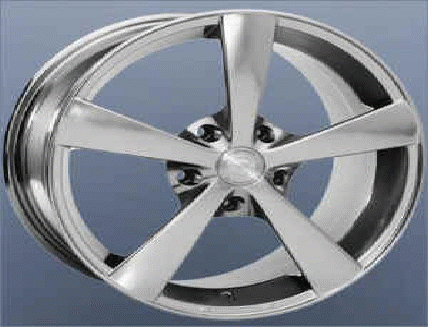Alloying one metal with other often produces very desirable properties. For example, steel is stronger than iron, its primary element. Some physical properties, such as density, reactivity, Young's modulus, and electrical and thermal conductivity, of an alloy may not differ greatly from those of its elements, but other properties such as tensile and shear strength may be substantially different. This is sometimes due to the differing sizes of the atoms in the alloy, since larger atoms exert a compressive force on neighboring atoms, and smaller atoms exert a tensile force on their neighbors, helping the alloy resist deformation. Alloy wheels – usually magnesium/aluminium - use an alloy which has a combination of resistance to corrosion, strength and lightness.

Sometimes alloys may exhibit marked differences in behavior even when very small amounts of one element occur. For example, impurities in semi-conducting alloys lead to different properties. The material is said to be 'doped'.
Some alloys are made by melting and mixing two or more metals. Bronze, an alloy of copper and tin, was the first alloy discovered, giving rise to the bronze age; it was harder than pure copper and originally used to make tools and weapons, but was later superseded by metals and alloys with better properties. In later times bronze has been used as an ornamental metal - ornaments, bells, statues, medals and bearings.
Unlike pure metals, most alloys do not have a single melting point, but a melting range in which the material is a mixture of solid and liquid phases. The temperature at which melting begins is called the solidus, and the temperature when melting is just complete is called the liquidus. However, for most alloys there is a particular proportion of constituents (in rare cases two)—the eutectic mixture—which gives the alloy a unique melting point.
